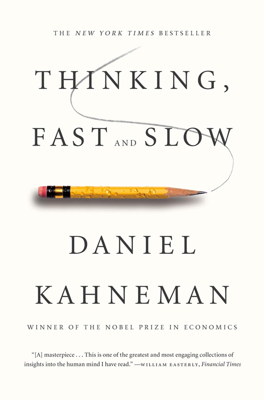Rare Events
Rare Events and Decision Making
This chapter explores the psychological impacts and decision-making processes related to rare events, largely influenced by System 1’s heuristic biases and the vividness and emotional charge associated with such events.
Influence of Vividness and Emotion
Rare events captivate attention due to their vivid and emotional nature, leading to an availability cascade where these occurrences, despite their low probability, dominate our thoughts and decision-making processes. This is amplified by media coverage, specific scenarios like terrorism, or communal excitement such as lottery drawings. Kahneman illustrates this with personal experiences and studies, indicating that the weighting given to rare events in decision-making is disproportionately high due to their emotional impact, leading to unnecessary fears or illogical optimism.
Cognitive Biases in Assessing Rare Events
Overestimation and Overweighting: People are likely to overestimate the probability of infrequent events due to focused attention, confirmation bias, and cognitive ease. This bias is also evident in decision weights where rare events receive disproportionate consideration in decision-making.
Denominator Neglect: When faced with proportion-based decisions, people often ignore the larger context or 'denominator', focusing instead on the numerically smaller, more comprehensible aspect (the 'numerator'). This leads to skewed perceptions and poor decision-making as seen in examples where the format influences whether professionals or laypeople overrate or underrate certain risks.
Contrasting Experiences vs. Descriptive Choices
Kahneman discusses experiments comparing "choice from experience" versus "choice from description". He notes a significant disparity where outcomes are more exaggerated in choices made from descriptions rather than from experience, suggesting that direct experience tends to lead to underweighting of rare events unless they are explicitly reminded.
Impacts on Public Perceptions and Policies
The way rare events are presented can significantly influence public perception and policy-making. For example, presenting risks in a frequency format (e.g., 1 in 1,000) versus a probability format (0.1%) can dramatically alter responses due to denominator neglect, leading to different judgments in legal, social, and policy contexts.
Takeaways for Addressing Rare Events
To combat cognitive biases in handling rare probabilities, Kahneman suggests using specific alternatives to make probabilities sum up to 100%, encouraging a broader, more realistic perspective on risks and avoiding overly focusing on any single scenario, which tends to inflate its perceived likelihood.
